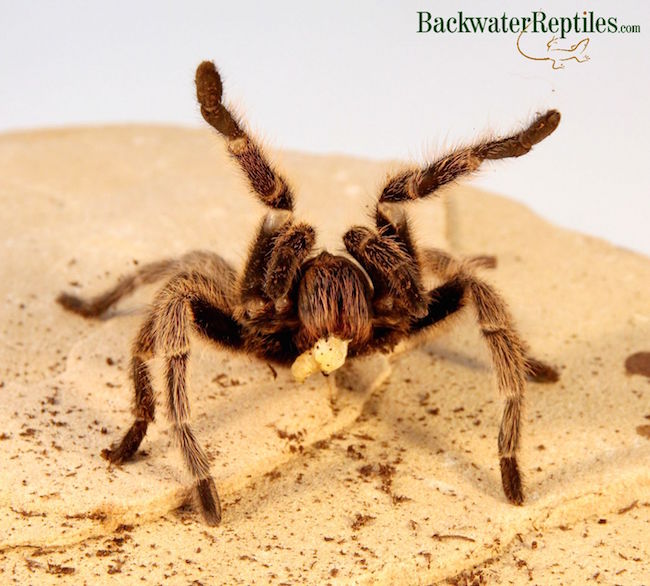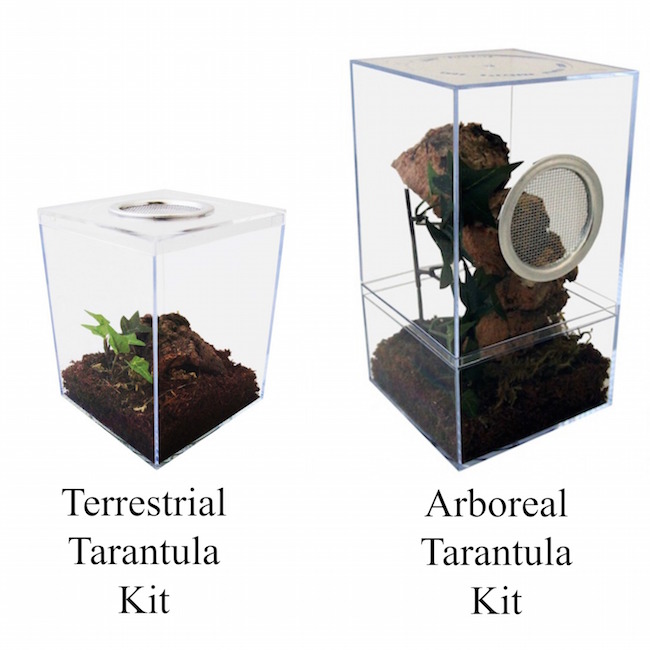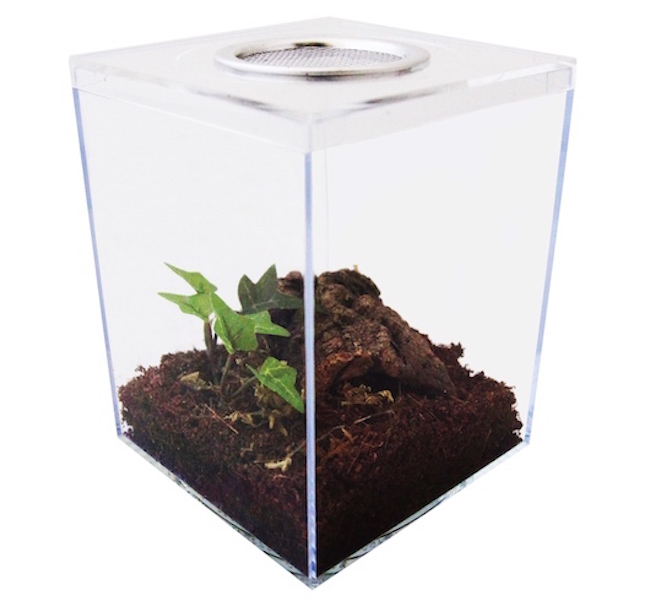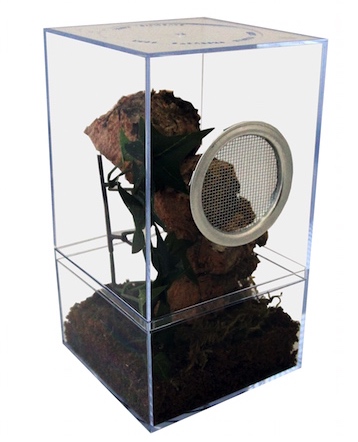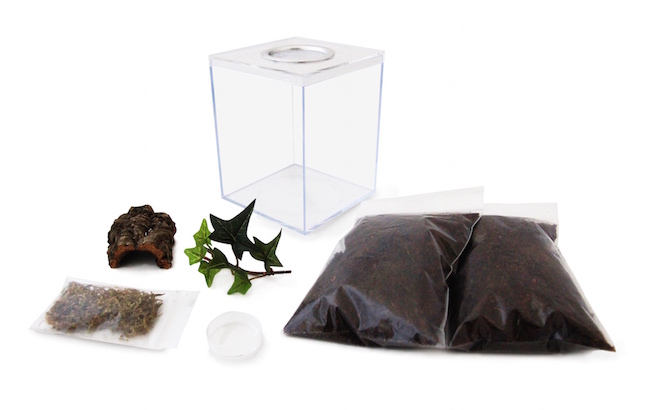Have you ever wondered what the longest scorpion in the world is? If so, you’ve come to the right place because we’re not only going to unveil which species is the largest scorpion in the world, but we’ll also touch on some interesting facts about it, including how to care for it in captivity.

The Flat Rock Scorpion (Hadogenes troglodytes) is in fact the longest scorpion in the world. It might not qualify as the biggest in terms of overall body and limb size, but from pincer to tail tip, it is the longest. While it’s very common for the Flat Rock scorpion to be five to six inches long, it can actually can reach a length of up to eight inches!
Found only in Africa, this species of scorpion got its name from its body shape, which is long, flat, and segmented. This makes it ideal for squeezing into tiny crevices between rocks where it likes to make its home.
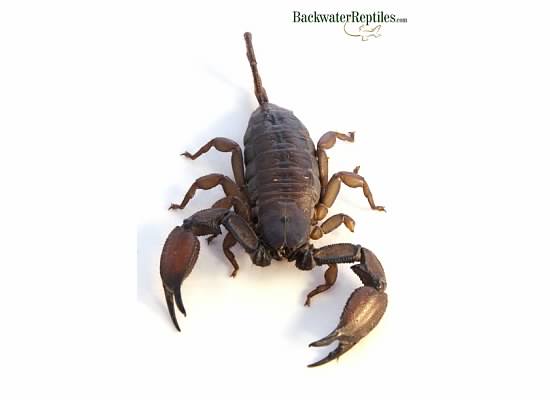
Like all scorpions, the flat rock eats insects. In captivity, they should be fed crickets, roaches, and other appropriately-sized invertebrates. A small water dish should also be provided.
Because flat rock scorpions are ground-dwellers, their cage should have more horizontal space over vertical space. A substrate that mimics that of their natural environment, such as sand, is ideal, coupled with some rocks and hiding crevices.
These scorpions make good pets for both novices and experienced hobbyists due to the fact that they are overall fairly docile with a sting that is very low in toxicity. Although they can sting, they are slow (at least for a scorpion) and would generally rather hide than sting their handler.
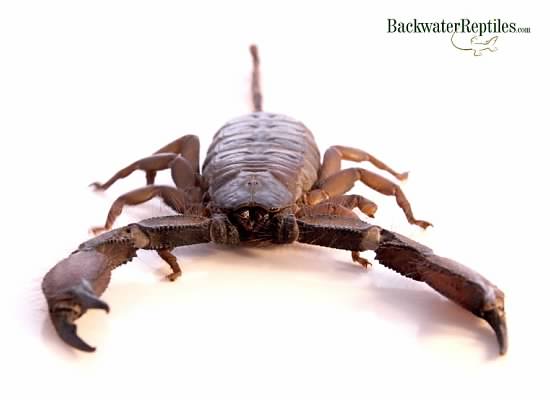
Backwater Reptiles has flat rock scorpions for sale. If you’re lucky, maybe yours will grow to hold the next record for longest scorpion in the world!







